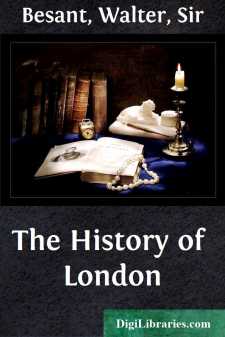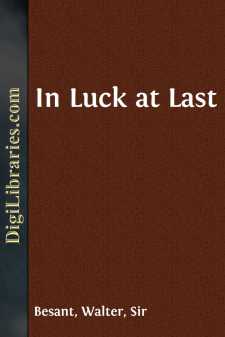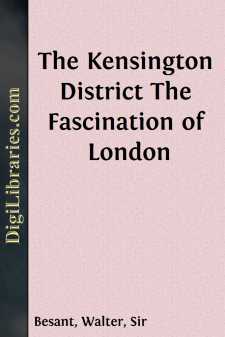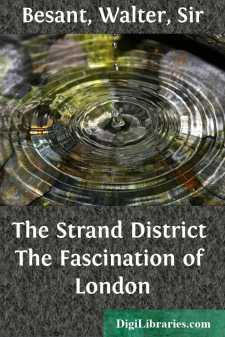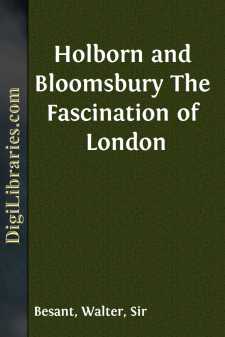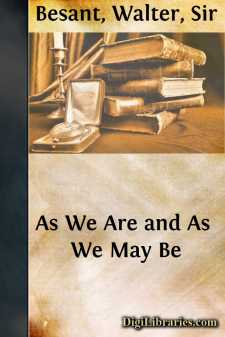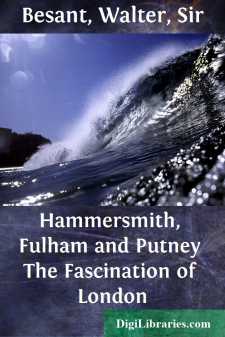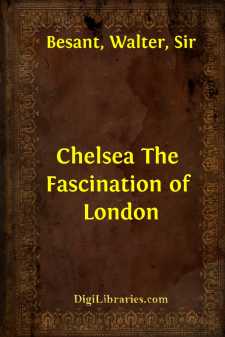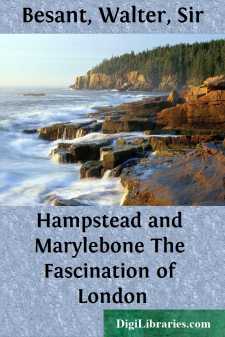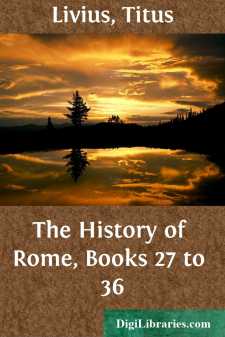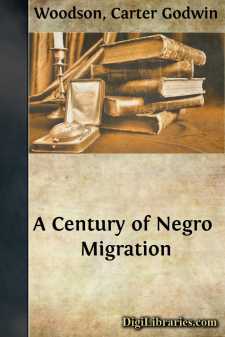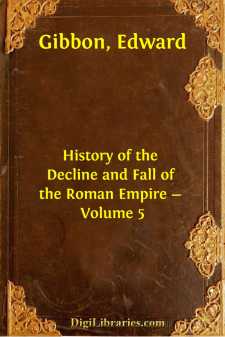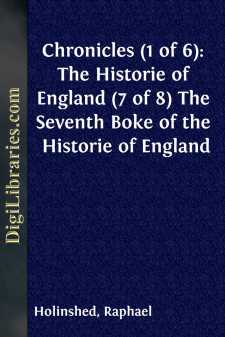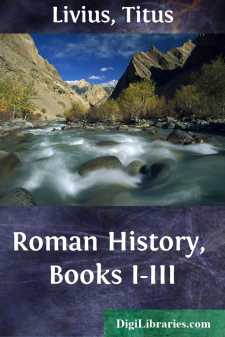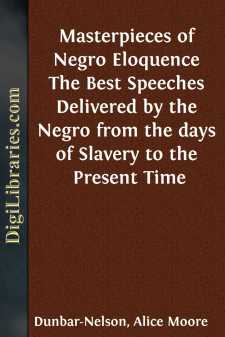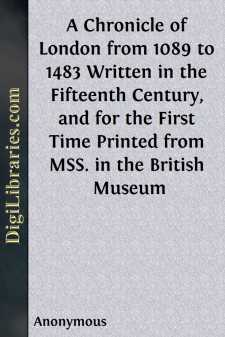Categories
- Antiques & Collectibles 13
- Architecture 36
- Art 48
- Bibles 22
- Biography & Autobiography 813
- Body, Mind & Spirit 142
- Business & Economics 28
- Children's Books 16
- Children's Fiction 13
- Computers 4
- Cooking 94
- Crafts & Hobbies 4
- Drama 346
- Education 46
- Family & Relationships 57
- Fiction 11829
- Games 19
- Gardening 17
- Health & Fitness 34
- History 1377
- House & Home 1
- Humor 147
- Juvenile Fiction 1873
- Juvenile Nonfiction 202
- Language Arts & Disciplines 88
- Law 16
- Literary Collections 686
- Literary Criticism 179
- Mathematics 13
- Medical 41
- Music 40
- Nature 179
- Non-Classifiable 1768
- Performing Arts 7
- Periodicals 1453
- Philosophy 64
- Photography 2
- Poetry 896
- Political Science 203
- Psychology 42
- Reference 154
- Religion 513
- Science 126
- Self-Help 84
- Social Science 81
- Sports & Recreation 34
- Study Aids 3
- Technology & Engineering 59
- Transportation 23
- Travel 463
- True Crime 29
The History of London
by: Walter Besant
Description:
Excerpt
1. THE FOUNDATION OF LONDON.
PART I.
'In the year 1108 B.C., Brutus, a descendant of Æneas, who was the son of Venus, came to England with his companions, after the taking of Troy, and founded the City of Troynovant, which is now called London. After a thousand years, during which the City grew and flourished exceedingly, one Lud became its king. He built walls and towers, and, among other things, the famous gate whose name still survives in the street called Ludgate. King Lud was succeeded by his brother Cassivelaunus, in whose time happened the invasion of the Romans under Julius Cæsar. Troynovant, or London, then became a Roman city. It was newly fortified by Helena, mother of Constantine the Great.'
This is the legend invented or copied by Geoffrey of Monmouth, and continued to be copied, and perhaps believed, almost to the present day. Having paid this tribute to old tradition, let us relate the true early history of the City, as it can be recovered from such documents as remain, from discoveries made in excavation, from fragments of architecture, and from the lie of the ground. The testimony derived from the lie of the ground is more important than any other, for several reasons. First, an historical document may be false, or inexact; for instance, the invention of a Brutus, son of Æneas, is false and absurd on the face of it. Or a document may be wrongly interpreted. Thus, a fragment of architecture may through ignorance be ascribed to the Roman, when it belongs to the Norman, period—one needs to be a profound student of architecture before an opinion of value can be pronounced upon the age of any monument: or it may be taken to mean something quite apart from the truth, as if a bastion of the old Roman fort, such as has been discovered on Cornhill, should be taken for part of the Roman wall. But the lie of the ground cannot deceive, and, in competent hands, cannot well be misunderstood. If we know the course of streams, the height and position of hills, the run of valleys, the site of marshes, the former extent of forests, the safety of harbours, the existence of fords, we have in our hands a guide-book to history. We can then understand why towns were built in certain positions, why trade sprang up, why invading armies landed at certain places, what course was taken by armies, and why battles have been fought on certain spots. For these things are not the result of chance, they are necessitated by the geographical position of the place, and by the lie of the ground. Why, for instance, is Dover one of the oldest towns in the country? Because it is the nearest landing ground for the continent, and because its hill forms a natural fortress for protecting that landing ground. Why was there a Roman station at Portsmouth? On account of the great and landlocked harbour. Why is Durham an ancient city? Because the steep hill made it almost impregnable. Why is Chester so called? Because it was from very ancient times a fort, or stationary camp (L. castra), against the wild Welsh.
EARLY BRITISH POTTERY.Let us consider this question as regards London. Look at the map called 'Roman London' (p. ). You will there see flowing into the river Thames two little streams, one called Walbrook, and the other called the Fleet River. You will see a steep slope, or cliff, indicated along the river side. Anciently, before any buildings stood along the bank, this cliff, about 30 feet high, rose over an immense marsh which covered all the ground on the south, the east, and the west. The cliff receded from the river on the east and on the west at this point: on either side of the Walbrook it rose out of the marsh at the very edge of the river at high tide. There was thus a double hill, one on the east with the Walbrook on one side of it, the Thames on a second side, and a marsh on a third side, and the Fleet River on the west. It was thus bounded on east, south, and west, by streams. On the north was a wild moor (hence the name Moorfields) and beyond the moor stretched away northwards a vast forest, afterwards called the Middlesex forest....


